
The USDA recently released their first monthly crop report on August 12, which includes crop production data for the U.S., including estimates for 2021 area harvested, yield, and total production.

The USDA recently released their first monthly crop report on August 12, which includes crop production data for the U.S., including estimates for 2021 area harvested, yield, and total production.
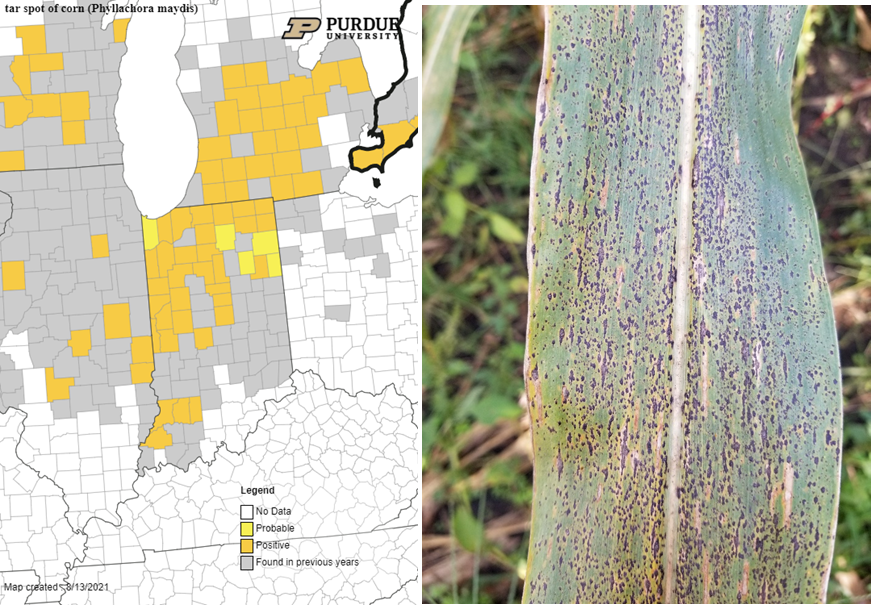
Both tar spot and southern corn rust continue to be documented across Indiana.
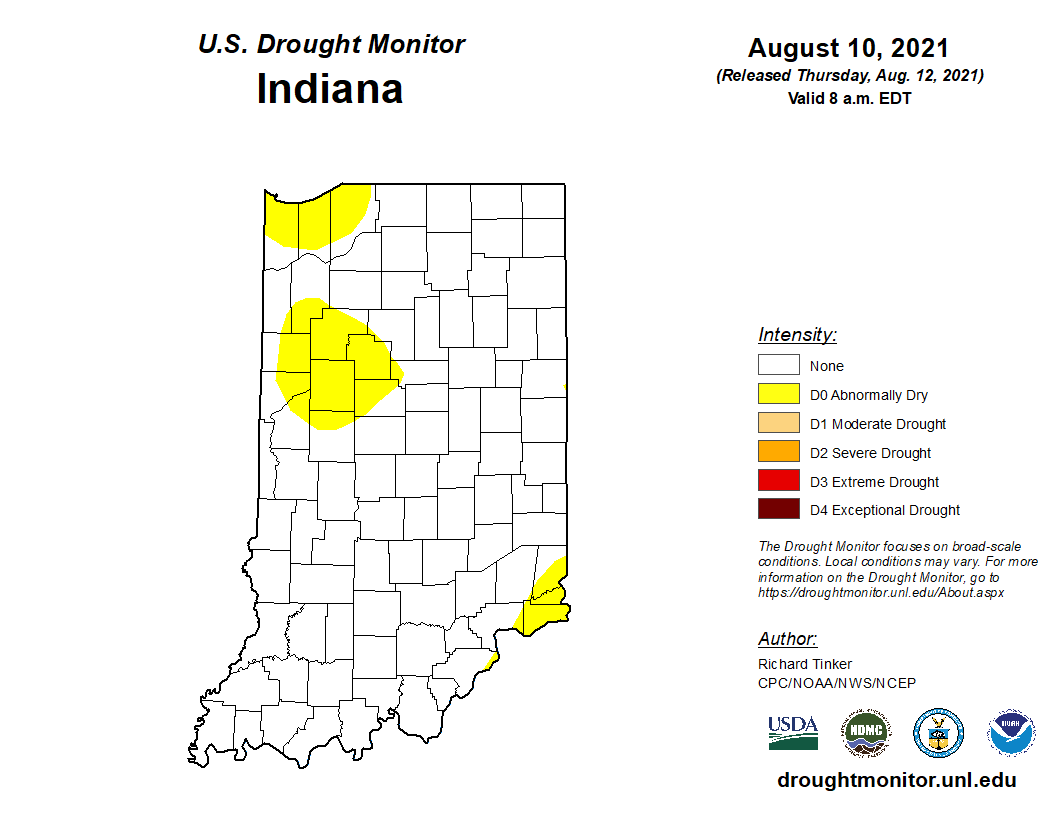
Well, it was a nice 4 weeks with no drought or abnormally dry designated areas across the state. Unfortunately, the lack of rain over the past few weeks have led to browning lawns, cracked soils, and other tell-tale signs that drought may be returning.
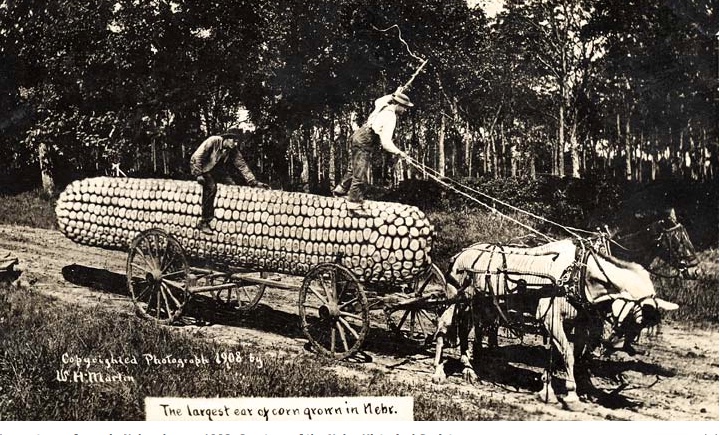
Fancy colored yield maps are fine for verifying grain yields at the end of the harvest season, but bragging rights for the highest corn yields are established earlier than that down at the Main Street Cafe, on the corner of 5th and Earl.

In recent weeks, fall armyworm infestations have been decimating some soybean and forage crops in Kentucky.
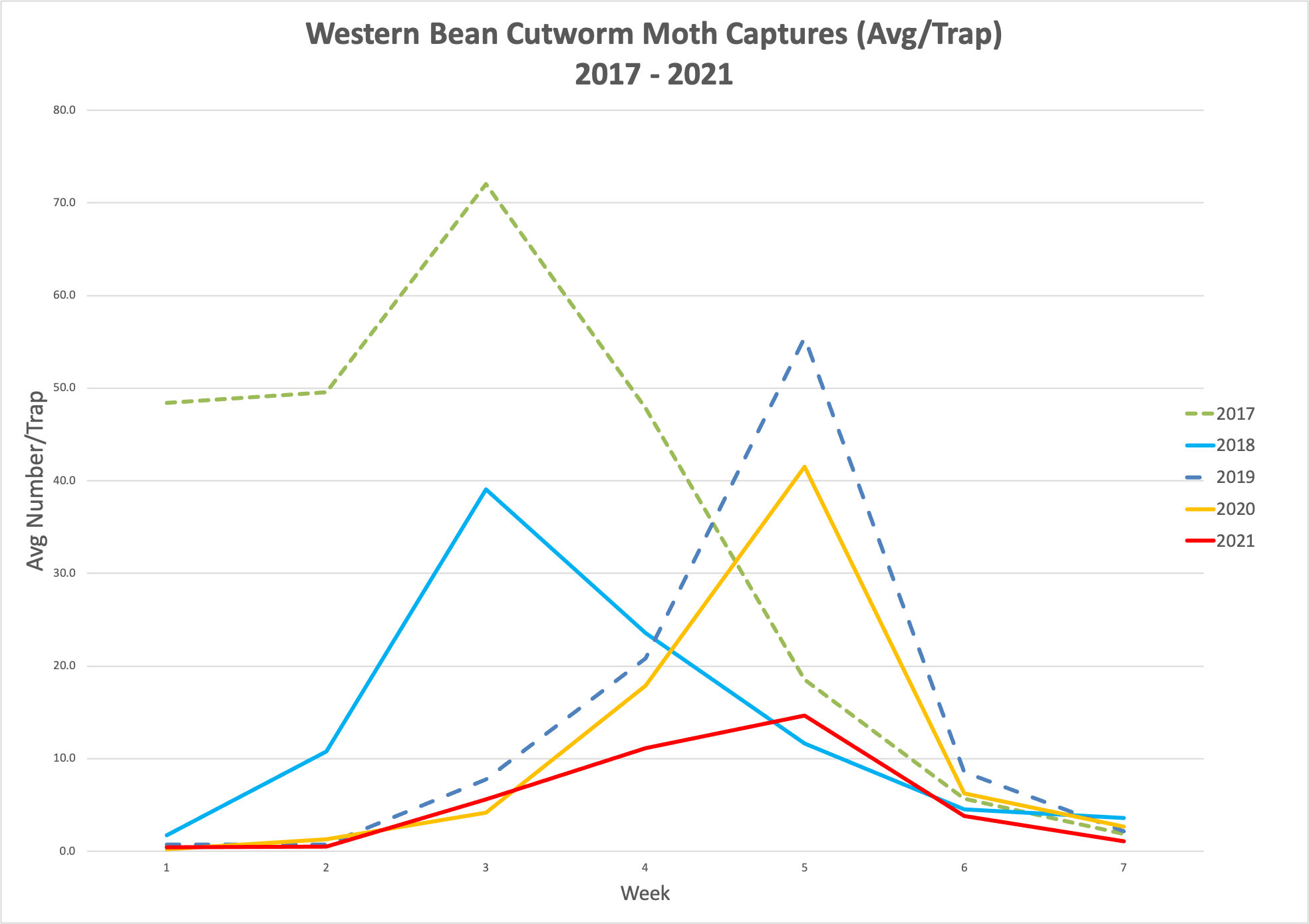
Although some other states in the corn belt, and to the north in Ontario, Canada are seeing high moth flights (and we thought Indiana would follow suit), as it turns out, Indiana is a “have-not” state for WBC this year.

I received a phone call from a shepherd many years ago. He was confused as to why his ewes refused to eat what appeared to be beautiful alfalfa hay.
2020 Western Bean Cutworm Pheromone Trap Report
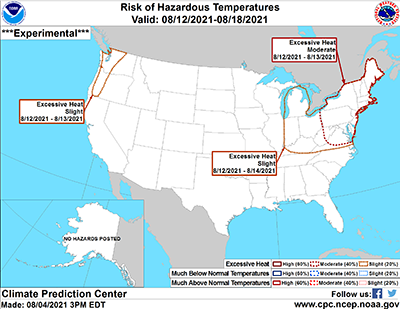
The national Climate Prediction Center updates their monthly climate outlooks in the middle and last day of each month.
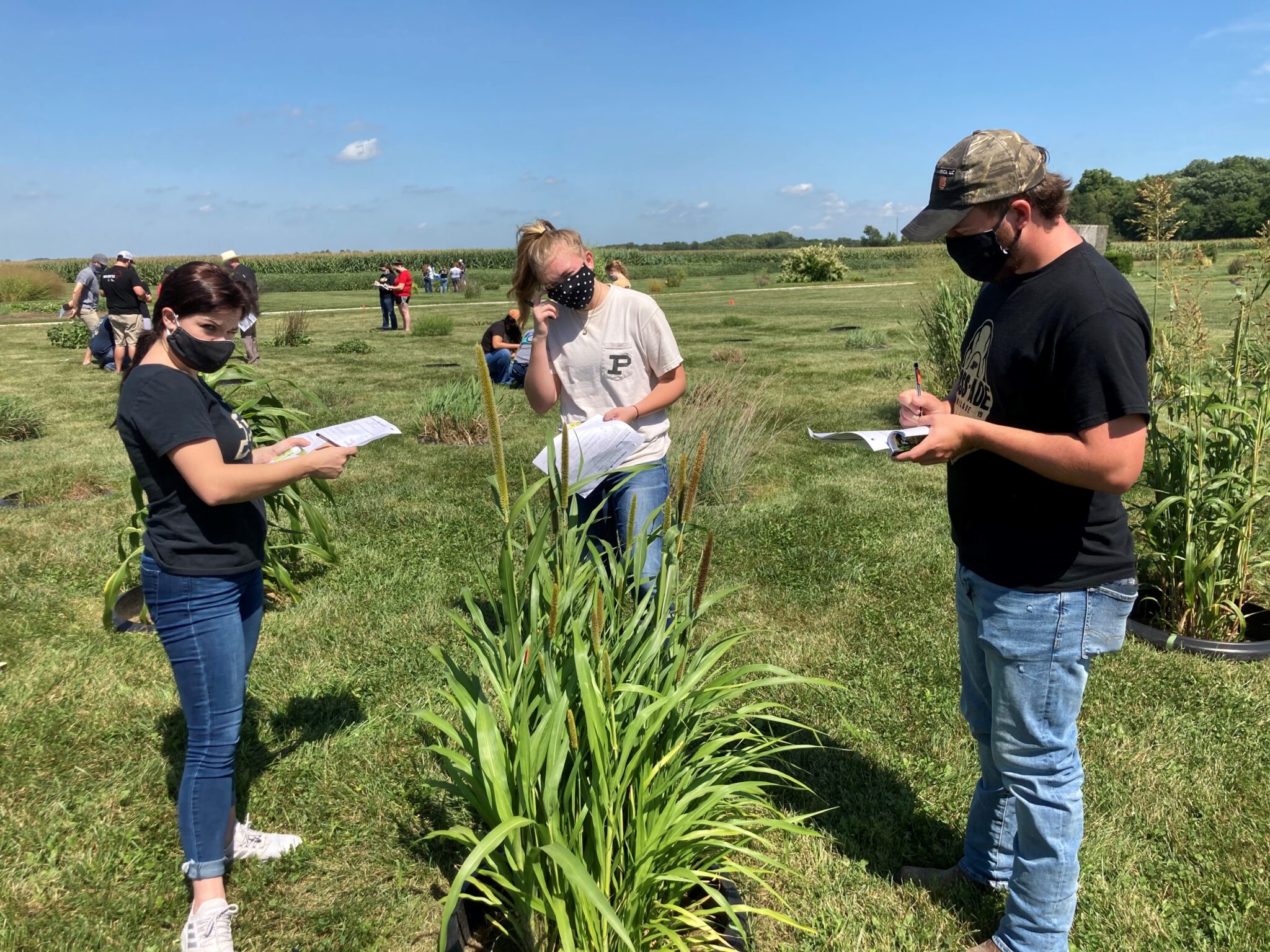
Two forage educational events are being held in southern Indiana on August 20 and 21. Preregistration is required for both events.
© 2024 Purdue University | An equal access/equal opportunity university | Copyright Complaints | Maintained by Pest&Crop newsletter
If you have trouble accessing this page because of a disability, please contact Pest&Crop newsletter at luck@purdue.edu.